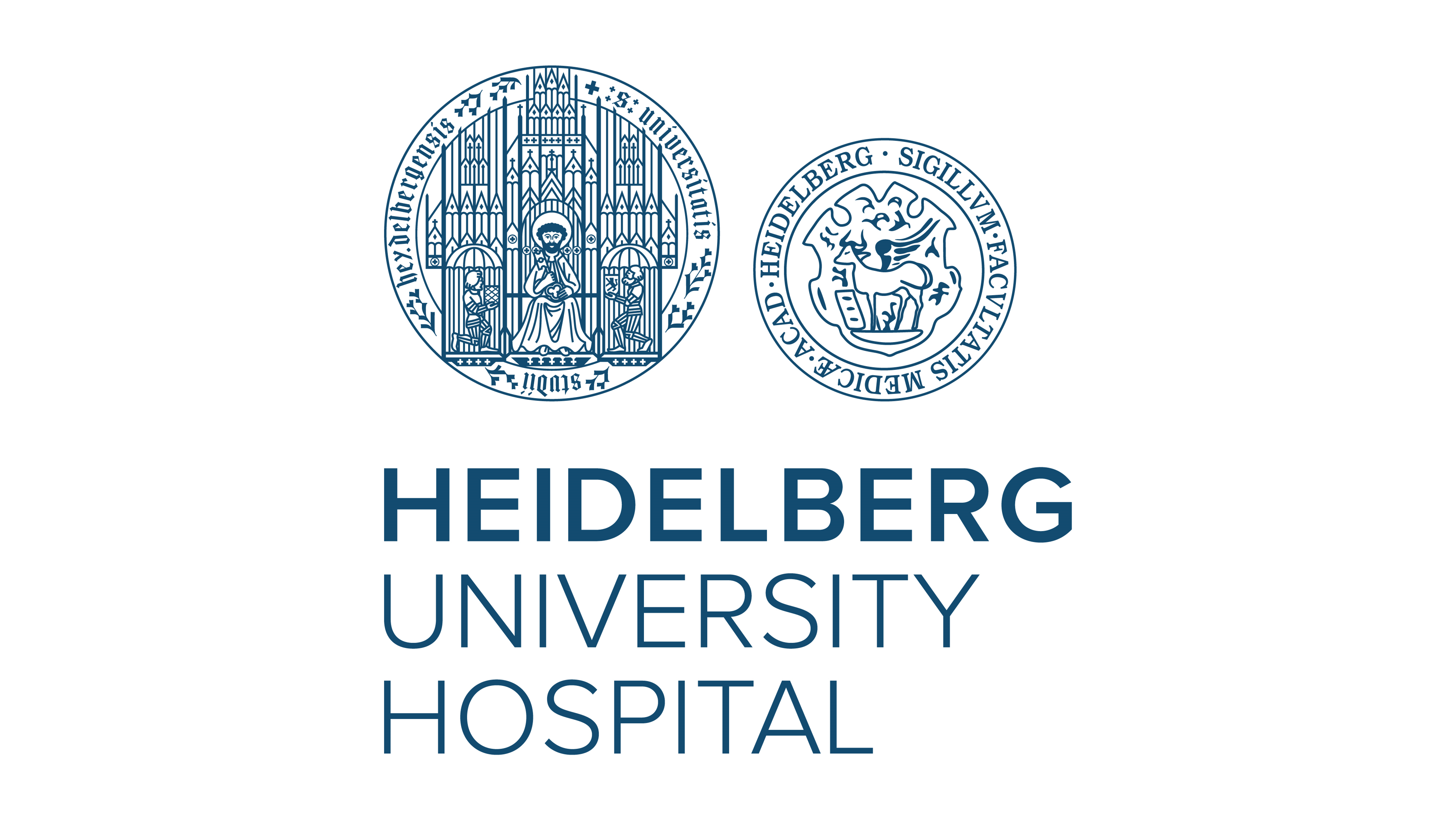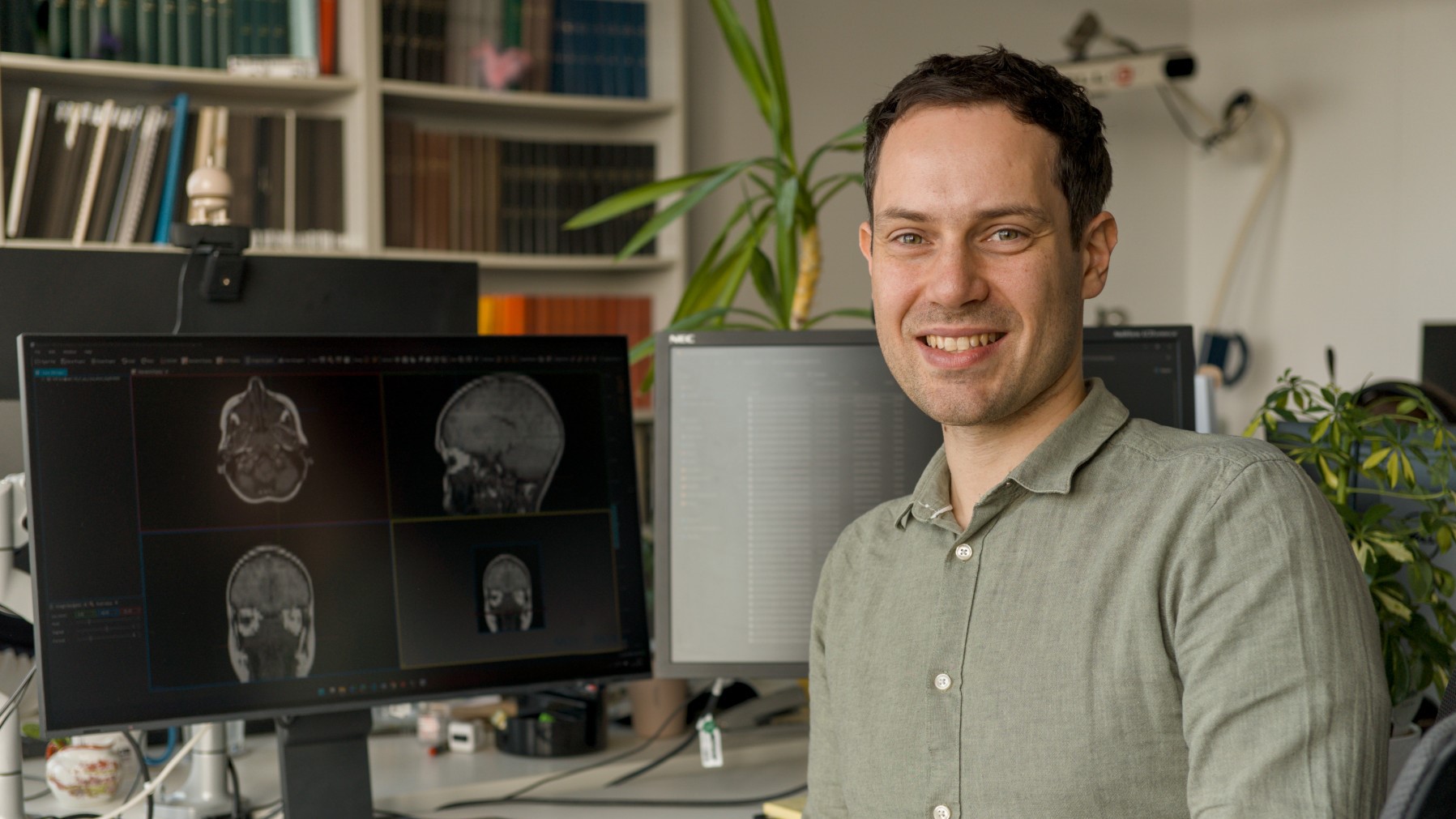No GPS in the head: How the brain flexibly switches between internal maps

Since their discovery in 2004, the grid cells in the brain, which are important for our orientation, have been regarded as a kind of “GPS in the head.” However, scientists at the German Cancer Research Center (DKFZ) and Heidelberg University Hospital have now shown that grid cells work much more flexibly than previously assumed. In experiments with mice, the researchers found that the cells adapt their activity to different reference points depending on the situation. Instead of providing a rigid global grid, they switch dynamically between different reference frames.
The ability to orient oneself in space and return safely to the starting point is crucial for the survival of humans and animals. Whether searching for food, hiking, or in everyday life, our brain continuously creates internal maps that show us the way. A key role is played by so-called grid cells, whose discovery was honored with the Nobel Prize in Medicine in 2014. These nerve cells, located in the area of the brain known as the entorhinal cortex, fire in a regular pattern and were previously considered a kind of “internal GPS” with stable, global coordinates.
A research team led by Hannah Monyer and Kevin Allen at the German Cancer Research Center (DKFZ) and Heidelberg University Hospital has now shown that grid cells do not work as rigidly as had been assumed for years. Instead, they adapt flexibly and switch between different reference systems depending on the situation. This makes it clear that the brain does not navigate using an unchanging global grid, but works with several local maps that are activated depending on the task at hand.
Mice in a maze
To understand these processes in more detail, the scientists developed a special navigation task for the mice. The animals had to find a randomly placed target object—a small lever—from a safe starting point. After pressing the lever, they received a reward and had to find their way back home. This task was performed both in light and in complete darkness. Meanwhile, the researchers recorded the activity of thousands of nerve cells in the entorhinal cortex using fine electrodes and combined this with modern methods of artificial intelligence to predict the movement signals in real time.
Internal grid is switched to a new reference point
The evaluations showed that the familiar regular grid patterns of the grid cells disappeared during this task. Instead, the cells “anchored” their grid to different reference points: during the search, they oriented themselves to the starting position, and after reaching the lever, they suddenly switched their internal grid to this new reference point. This rapid switching between multiple maps takes place within a few seconds – a previously unknown mechanism. This flexible adaptation makes it possible to find the way home even without external landmarks
“Our findings contradict current theories about how grid cells support navigation. Our data show that grid cells function more like a local positioning system than a GPS,” explains co-study leader Kevin Allen.
In addition, the researchers found that the orientation of the internal maps drifted slightly during longer searches. Surprisingly, this drift predicted the direction in which the animals subsequently set off on their way home.
Close connection between memory and orientation
“Our results show that the brain does not have a rigid navigation system, but uses a highly flexible strategy to find its way around depending on the context,” explains Hannah Monyer. “This knowledge helps us understand why spatial orientation can be impaired in diseases such as Alzheimer’s – and how such changes could potentially be detected early in the future.”
Publication:
Jing-Jie Peng, Beate Throm, Maryam Najafian Jazi, Ting-Yun Yen, Rocco Pizzarelli, Hannah Monyer, Kevin Allen: Grid cells accurately track movement during path integration-based navigation despite switching reference frames.
Nature Neuroscience 2025, DOI: https://doi.org/10.1038/s41593-025-02054-6




